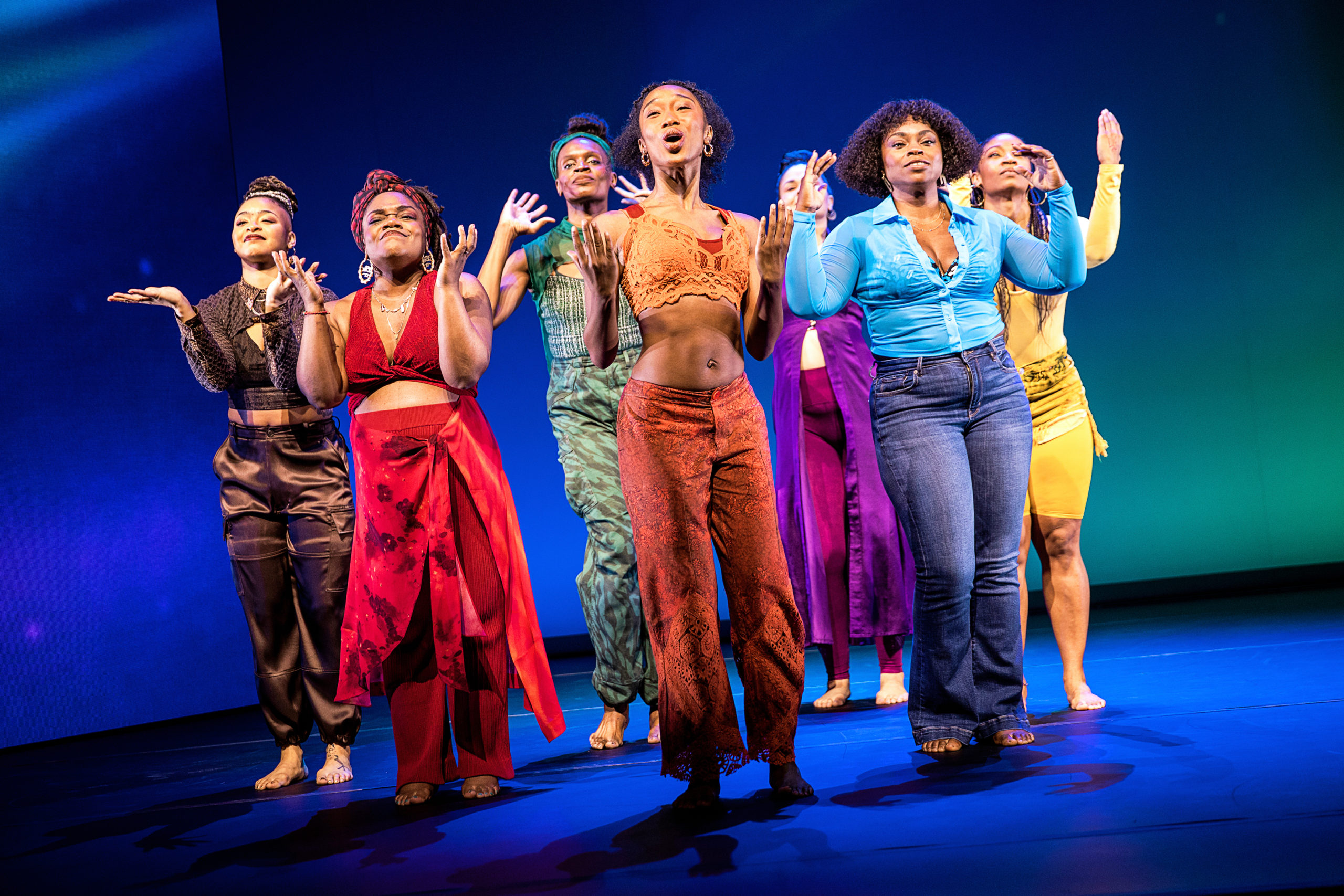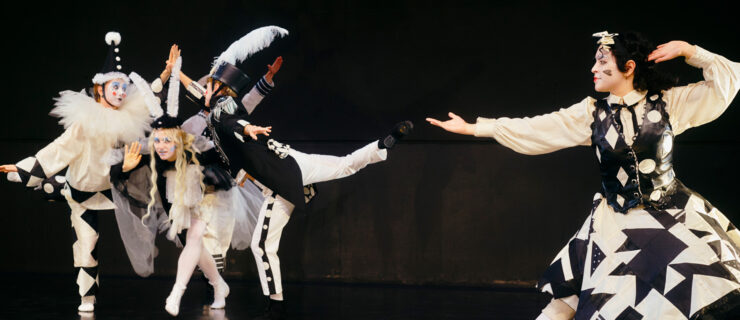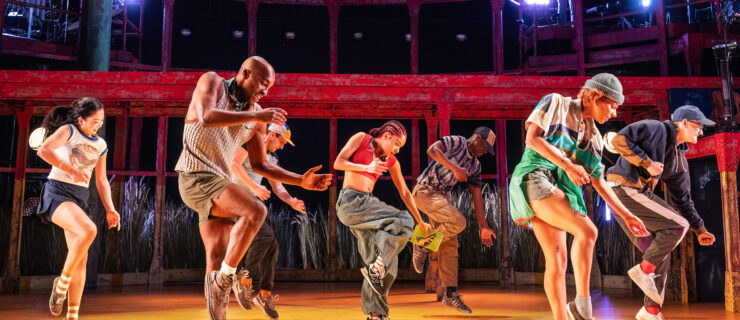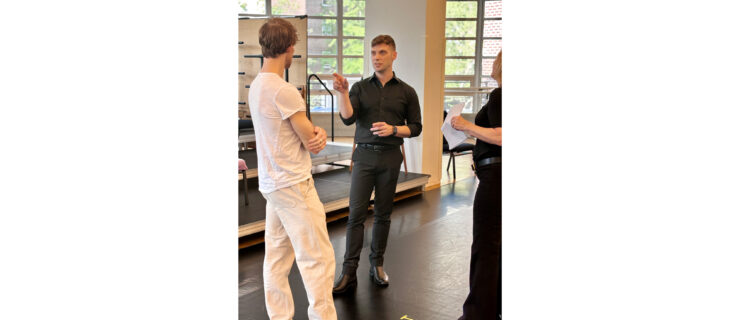Listening to the Body: Alexandria Wailes on Movement as Its Own Message
Alexandria Wailes is a force to be reckoned with. As an actress, a dancer and a director, she has performed with Heidi Latsky Dance, with Meryl Streep and Kevin Kline in The Public Theater’s Shakespeare in the Park, and, at Super Bowl LII, with Pink and Leslie Odom Jr. As a Deaf artist, she served as director of artistic sign language for the 2018 Broadway revival of Children of a Lesser God and helped steward the 2022 Best Picture Oscar-winning film CODA as its American Sign Language master. For her work, Wailes has garnered a Tony Honors Award. This spring, she starred in the Tony-nominated Broadway revival of the late playwright Ntozake Shange’s gripping choreo-poem for colored girls who have considered suicide/when the rainbow is enuf, directed and choreographed by Camille A. Brown.
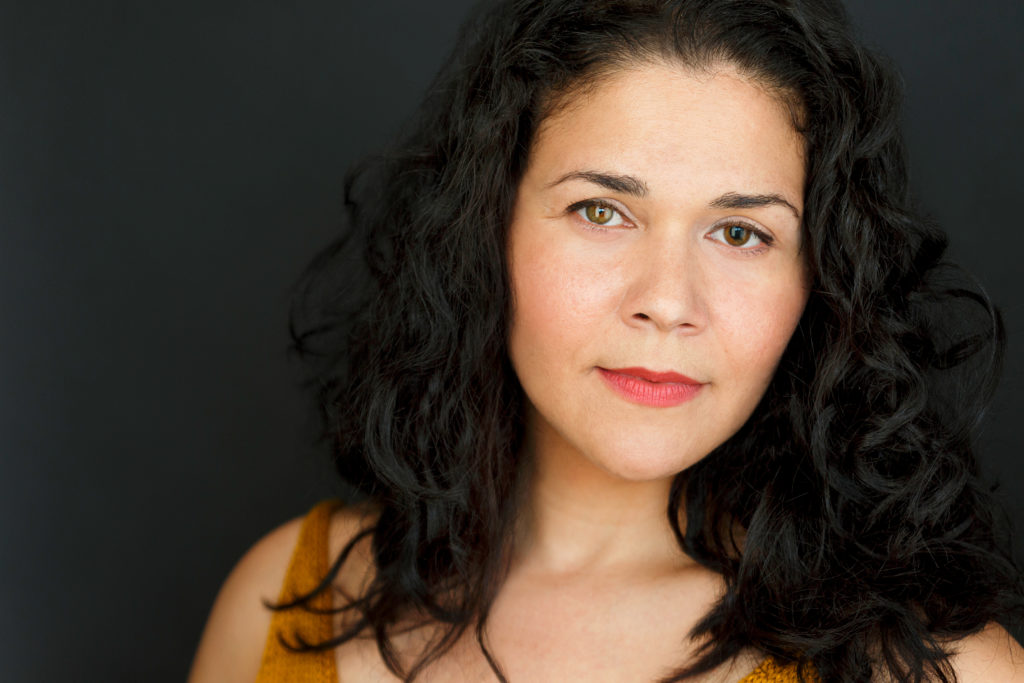
My parents put me in a dance class right before I was 3, but it didn’t really hit me how much I loved to dance until I was an early teen. For me, dance was another way to step out and a way to articulate myself without judgment.
I’m lucky because I was exposed to a lot of different styles of dance. I’m classically trained with ballet, different forms of jazz, different forms of modern and hip hop. I found myself definitely drawn to ballet because of the discipline; modern and jazz for the freedom. With hip hop, I would freestyle—just perform in my living room as a way to kind of release, get it all out and be free.
It makes dance spaces more open when you bring on American Sign Language interpreters for communication access. For a lot of dance studios, creating a space that includes more than one language can be expensive, if you think about it later. It shouldn’t be a last-minute thing—it should already be there at the forefront, to make the process as smooth as possible. Get it on the budget early.
When I was a teenager, I went to the Young Scholars Program on Gallaudet University’s campus during the summer. It was a one-month performing-arts intensive program. I was able to finally meet other Deaf dancers and performing-arts people. That just blew my mind.
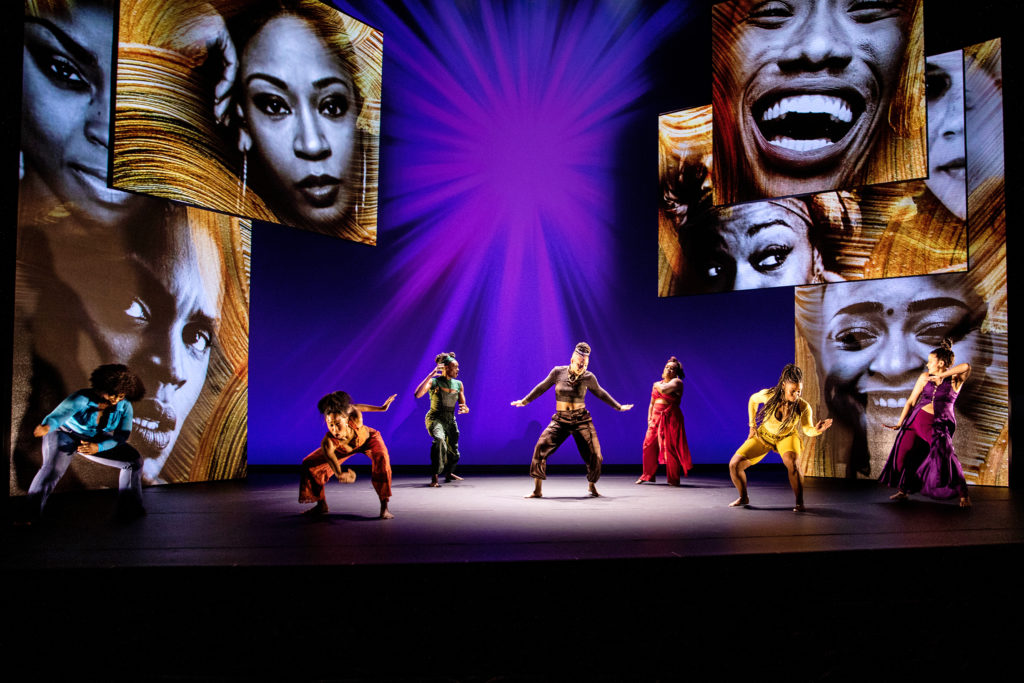
My character in for colored girls was Lady in Purple. Purple is an energy shifter, and she is an observer. She is really listening and taking in what’s happening and allowing the space to be ours. She’s a part of the world but she’s not, at the same time.
Because my origins are in dance, I think that I have this higher awareness of how the body moves in space. I really think about how my character holds space. I tend to think for myself what it means to breathe from different aspects of the body, in motion. It’s very layered. I’m analyzing where and how our habits live in our body.
I have to remind myself that I work with hearing people all the time. For them, I may be their first experience with a Deaf person. It’s important to acknowledge that.
How do I show up as an artist? I am advocating for myself and those who are hoping to get an opportunity in the future. I’m hoping the experience is good for people who have never worked with Deaf artists before, that it will change their preconceived notions about Deaf artists.
